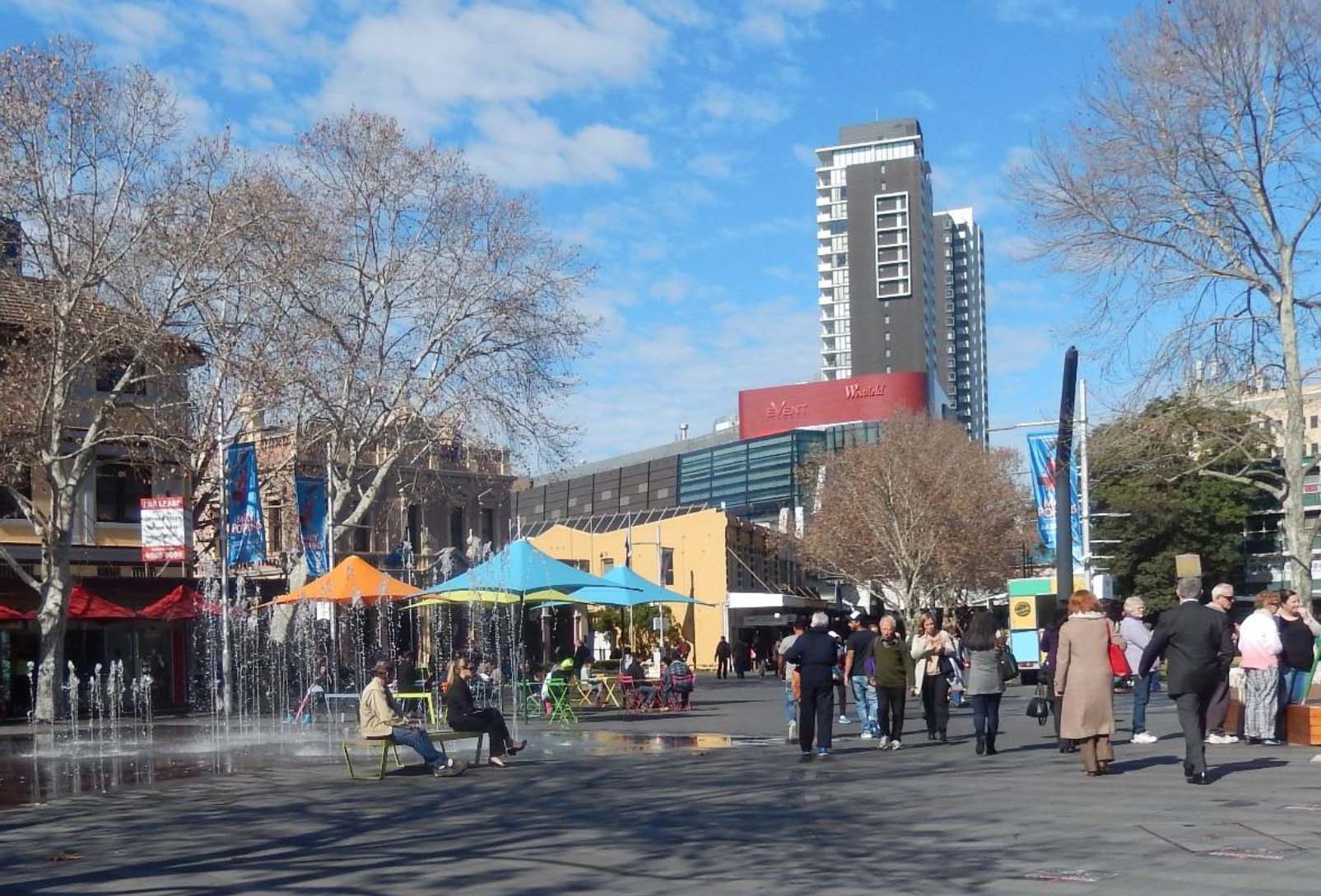AN AGEING WORKFORCE IN GREATER WESTERN SYDNEY – MAY 2017
The population of Greater Western Sydney and indeed much of the developed world is ageing. Life expectancy is increasing and birth rates are decreasing resulting in higher proportions of older people in the population. This has prompted WESTIR to examine the employment situation in Greater Western Sydney (GWS) using 2011 Census data with comparisons with 2006 Census Data when appropriate. Census data includes data for workers aged 15 years or more. This data includes the industry in which a person works and their occupation within the industry. To determine which industry and occupation for each person, the ABS uses The Australian and New Zealand Standard Industrial Classification (ANZSIC) and the Australian and New Zealand Classification of Occupations (ANSCO). There are nineteen industries, all of which are present to some degree in GWS, and 1,023 occupations. Industry and occupation data are then combined with demographic data for each of the 14 LGAs of GWS to provide a picture of industry and ageing.

Some LGAs within GWS have populations with a higher median age than others. In 2011, the median age of GWS LGAs ranged from 31 years in Auburn up to 42 years in Blue Mountains LGA. The ageing population is of concern to Governments due to the possible effect of large numbers of people leaving the workforce relative to the number of younger people still in the workforce and contributing taxes towards paying age pensions and other services. If large numbers of people cease to work and pay income tax, how will the economy survive? Where will the workers come from to fill the vacant positions? How will the economy be able to support the increase in the number of people on the age pension and the increased health needs of an elderly population? This paper will look at which industries and occupations currently have the oldest workers as well as others factors which may impact the future workforce.


